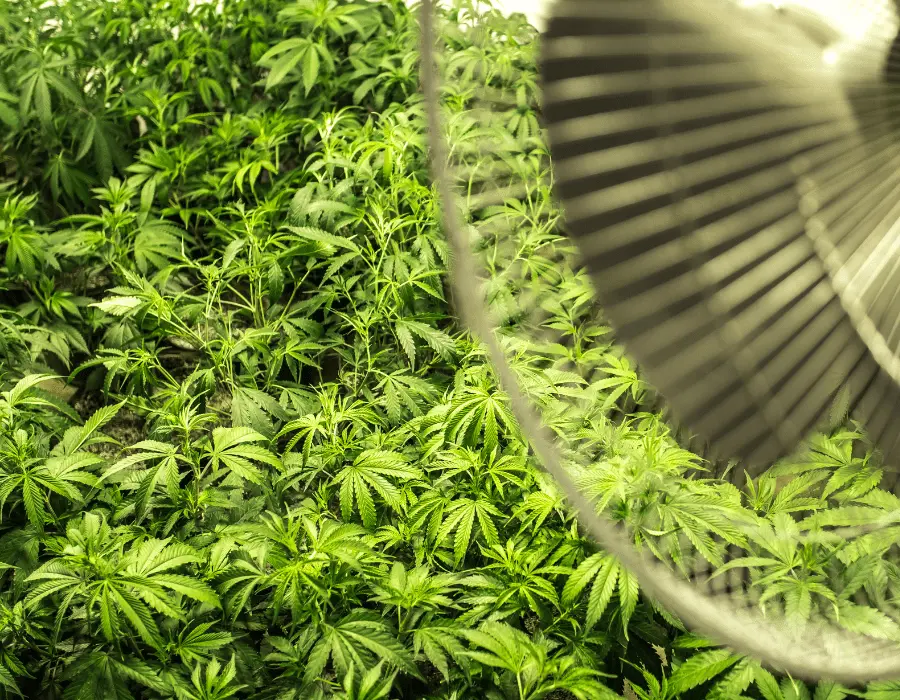Air circulation (or airflow) is one of the most critical components to a successful indoor cannabis cultivation operation. Good circulation has numerous benefits for cannabis plants, such as helping control air temperature, manage relative humidity, carbon dioxide (CO2) concentration, and leaf temperature. In addition, airflow systems play a role in safeguarding plants against pests and mould and strengthen them by recreating some of their natural environmental factors.
Additionally, a bulletproof ventilation system can protect the cultivator by mitigating the all-too-recognisable scent produced by cannabis plants when flowers develop, ensuring your indoor grow room stays under the radar if necessary during the operation’s most critical time. Read on to take a closer look at how vital air circulation is and how to assess exactly what you would need to install your ventilation system to benefit your plants.
The Importance of Airflow
Cannabis plants require CO2, water, and energy from natural or artificial lights to create sugars such as glucose (a significant energy source for most organisms) and produce oxygen during the process of photosynthesis. To ensure a constant supply of CO2, airflow must be established from within the growing environment to circulate stale air out and bring fresh air in.
This will also allow the cultivator to maintain optimal humidity and temperature levels, so plants aren’t stressed by sitting in excessive moisture or heat from grow lights. Thermo-hygrometers can be used to monitor humidity and temperature at different levels of the plant to provide accurate readings of the environmental conditions.
Regulated humidity levels and temperature provided by airflow will help marijuana plants stay on schedule by absorbing water and transpiring correctly. The information provided by thermo-hygrometers can also inform cultivators of adjustments to make to the growing environment’s airflow as the plants progress through their different growth stages.
For example, clones and seedlings, after germination, prefer a higher relative humidity of 70-80%, while more-developed plants in the vegetative stage (60-65%) and flowering stage (45-50%) require slightly drier conditions to flourish. Proper airflow also strengthens the stalks of cannabis plants, which is crucial during vegetative growth and for supporting large, dense flowers of both indicas and sativa seed types.
Pests such as aphids, fungus gnats, and spider mites thrive in high temperature, high humidity environments, and poor airflow can increase the likelihood of powdery mildew on cannabis plants. By incorporating a ventilation system for airflow into their operation as early as possible, cultivators can control their growing environment and put their plants in the best position to succeed and increase yields.
